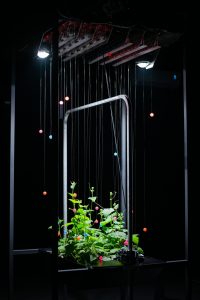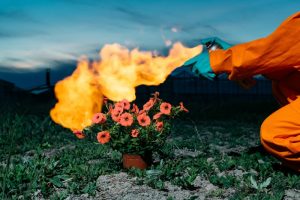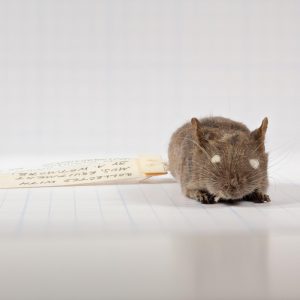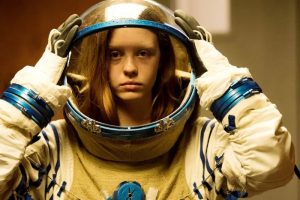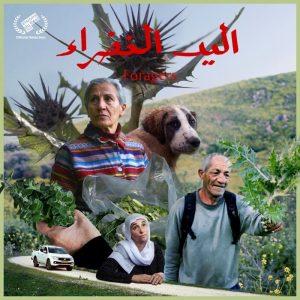Our indifference to plants is odd. Odd and dangerous. First, because without the plants, humans and other animals would have no oxygen to breathe. Meals would be remarkably boring too. Second, because while we pay plants little attention, multinationals and states with a colonising view of the world know that they are an immense source of economic profit that can be appropriated, controlled, or even modified if needed. We see the consequences of this extractivist rationale in newspapers every day (even though they might not always occupy the front/home pages): large companies are claiming intellectual property over new seed varieties, Europe has still not banned weed killer glyphosate despite its impacts on wild bees and humans, cacao now costs more than copper, rainforest carbon credit schemes are putting Indigenous communities at risk and Gaza has long been the scene of what Forensic Architecture calls an Herbicide Warfare.
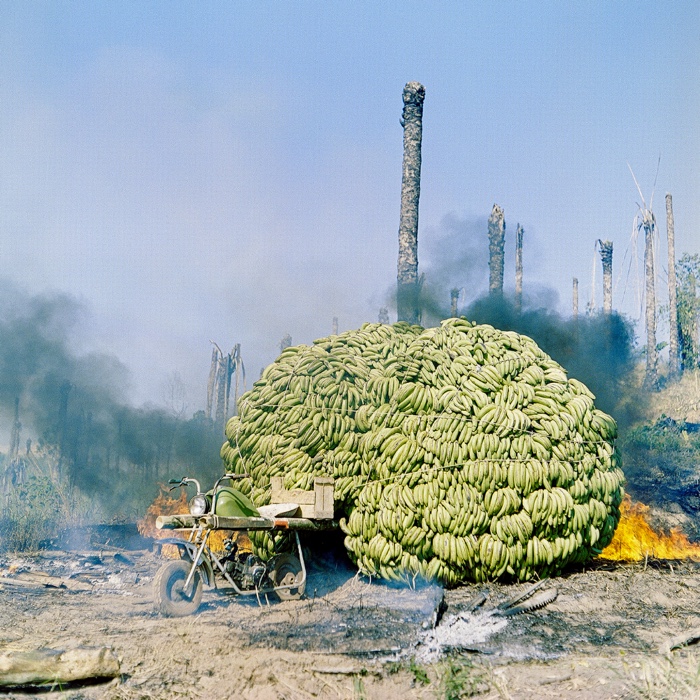
Adriàn Balseca, El esfuerzo, 2021
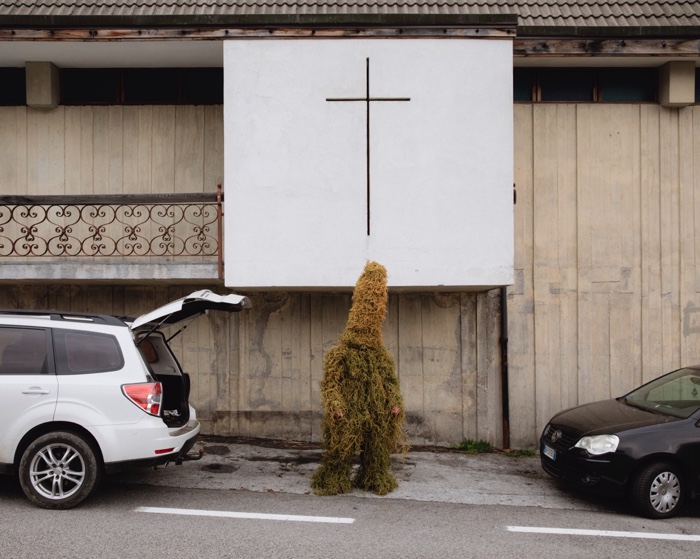
Matteo de Mayda, The Om Salvarech (Wild Man), Rivamonte Agordino (Belluno), 2022
All is not lost! Fortunately. All over the world, artists, indigenous communities, activists, foragers, designers are devising creative strategies to help us co-evolve in a more sympathetic and mutually beneficial way with the oldest and most important -in terms of biomass- inhabitants of this planet.
I’ll be exploring the evils and wonders of our relation to flora in the upcoming online course art & politics for plants with the School for Machines Making and Make-Believe. I run the classes 3 years ago already and I learnt soooo much from the participants. This edition will be slightly different because the worlds of ideas and artistic strategies have changed in the meantime. And because there was so much I never got the chance to cover in that first 5 week course.
All the details for the classes are available on the website of the School for Machines Making and Make-Believe.
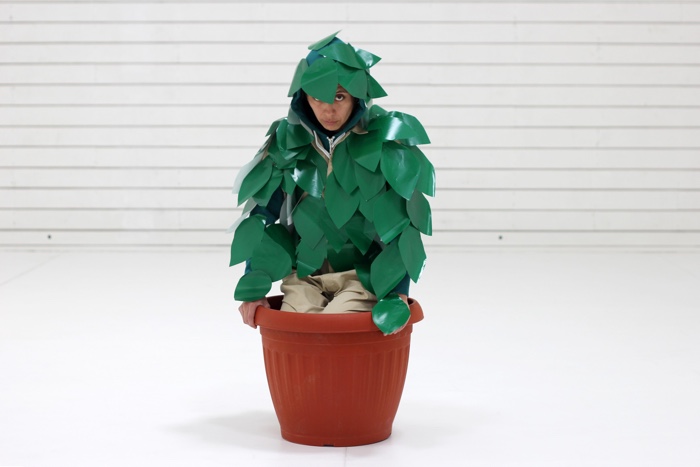
Manuela Infante, Estado Vegetal, 2016
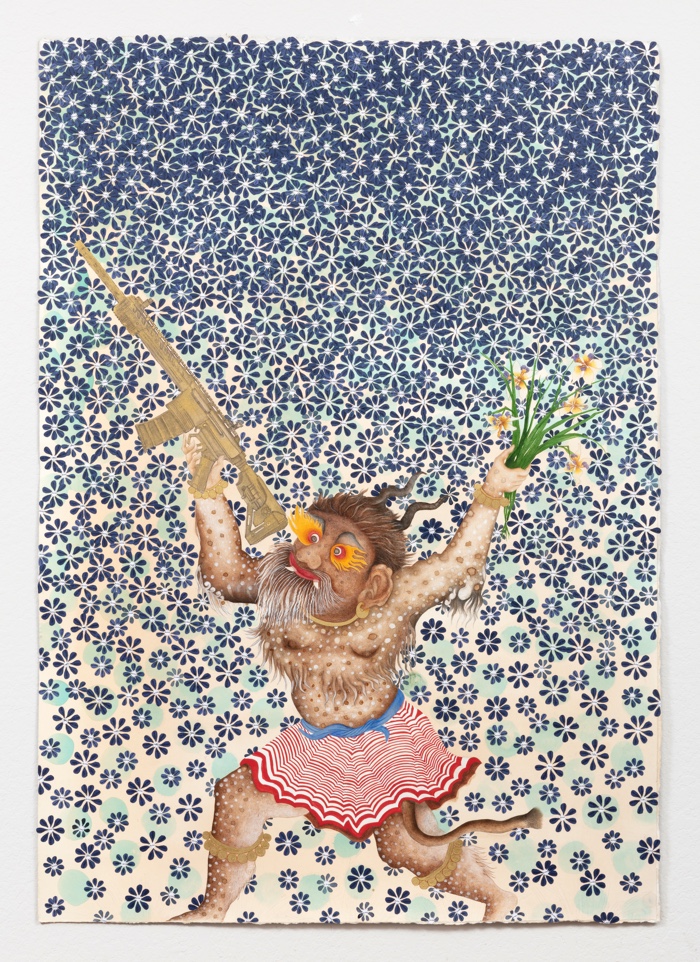
Ambreen Butt, Arsenal of Ambiguity, 2023
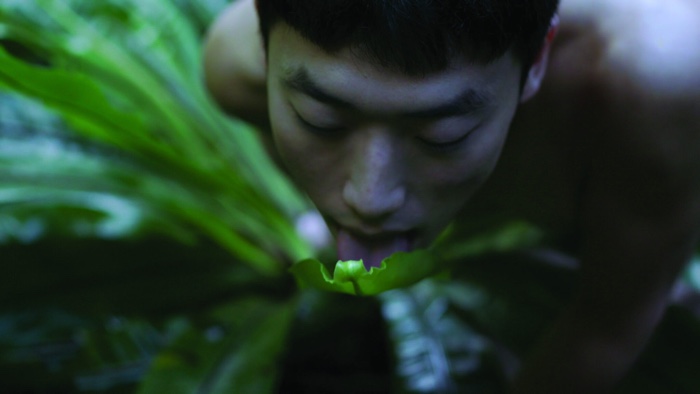
Zheng Bo, Pteridophilia 2, 2018
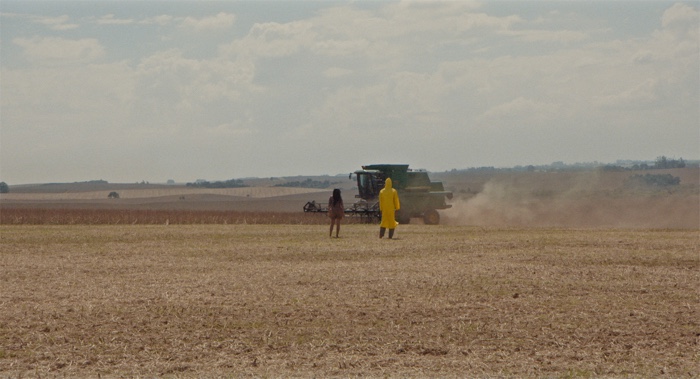
Isadora Neves Marques, Semente Exterminadora [Exterminator Seed],, 2017
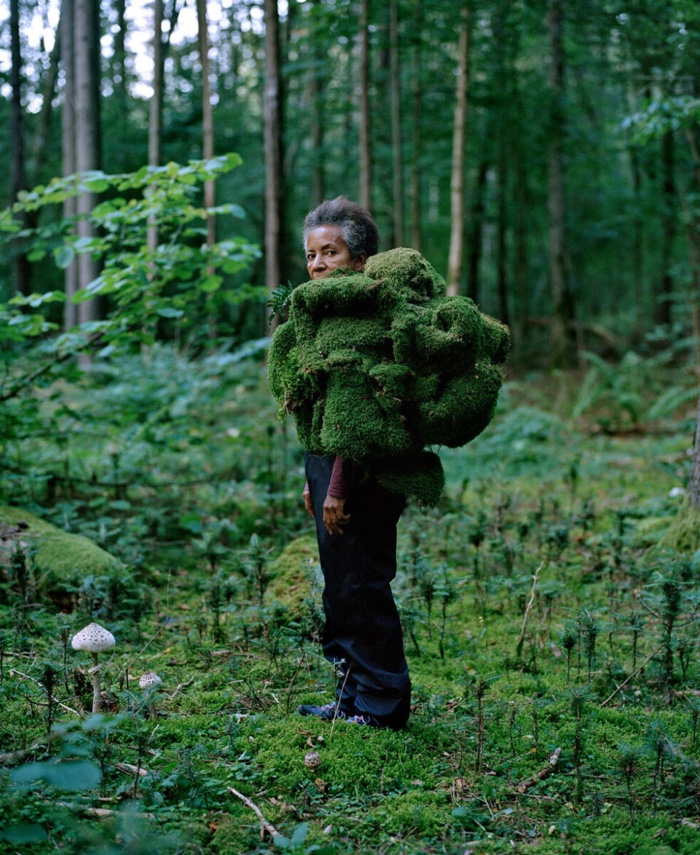
Karoline Hjorth & Riitta Ikonen, Eyes as Big as Plates, #Karin Norway, 2019. Preus Museum collection.
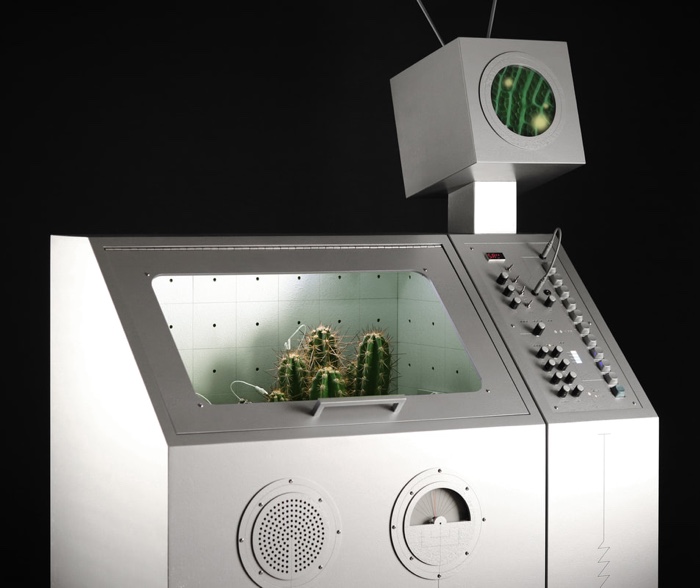
Love Hultén, Desert Songs, 2023
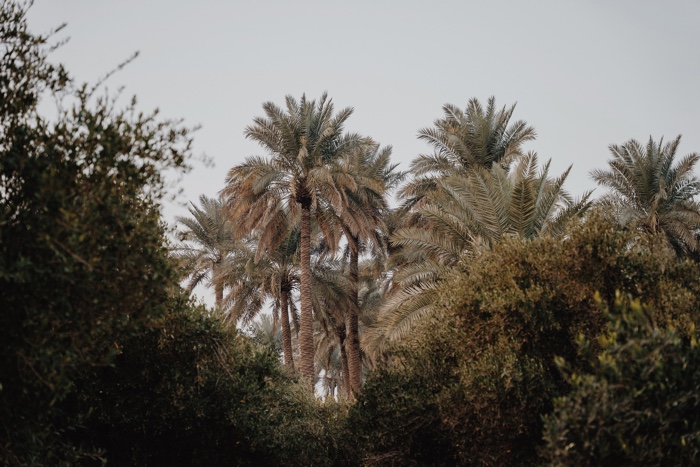
Haneen Hadiy, Mesopotamia, 2022
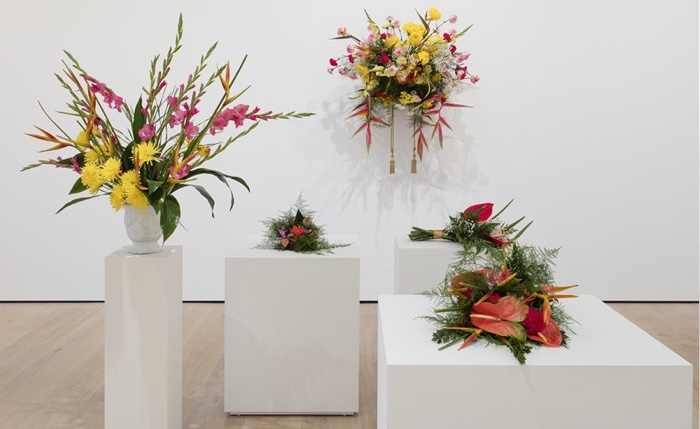
Kapwani Kiwanga, Flowers for Africa (installation view, Stories of Almost Everyone at Hammer Museum, Los Angeles), 2018. Photo: Brian Forrest
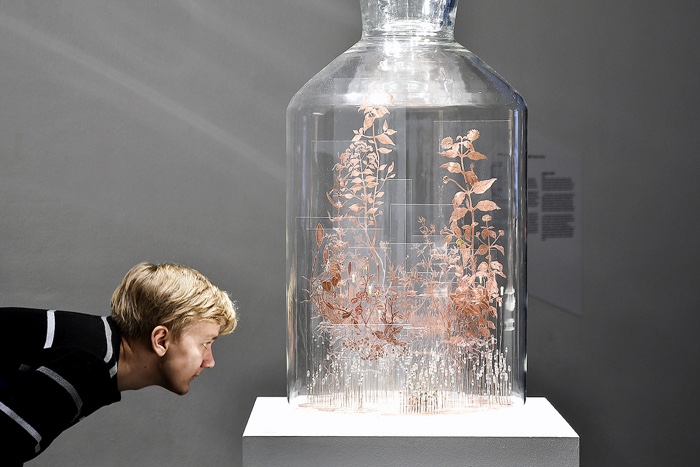
Nandita Kumar, The Unwanted Ecology (powered by Solar Panel and sound installation responsive to humidity sensor), 2017
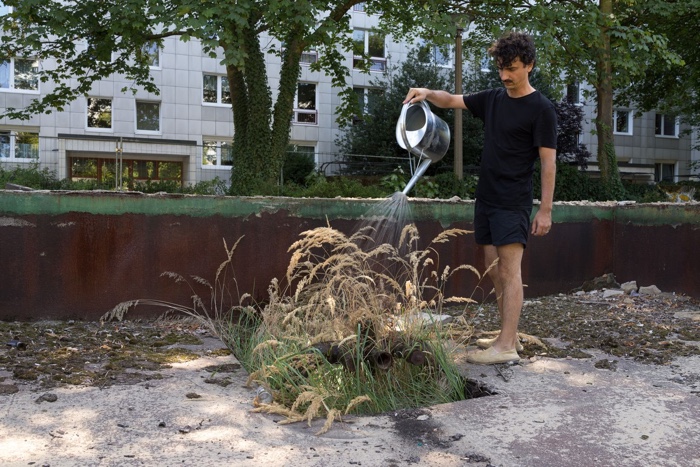
Adrien Missika, Unkrautpflege, 2018 – ongoing
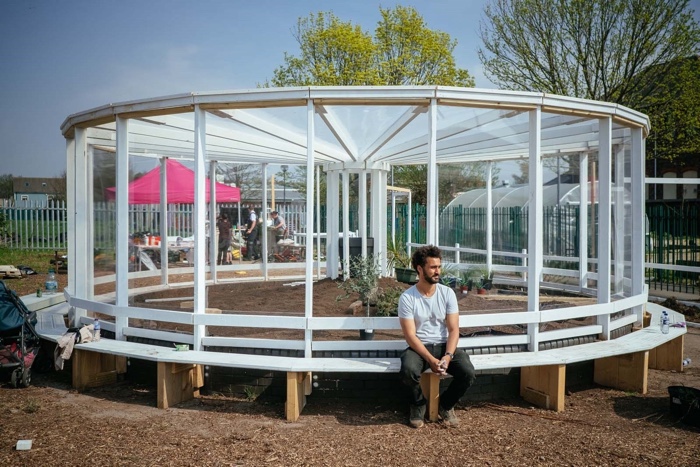
Mohamed Bourouissa, Resilience Garden, 2018. Photo: Pete Carr
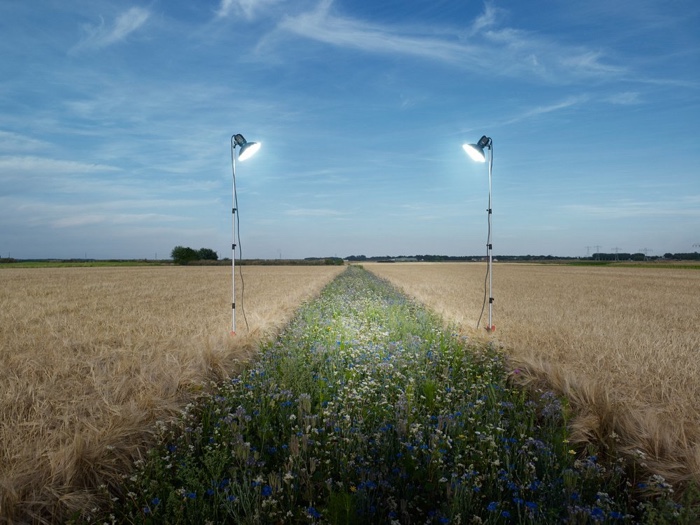
Eddo Hartmann, Collective Landscape
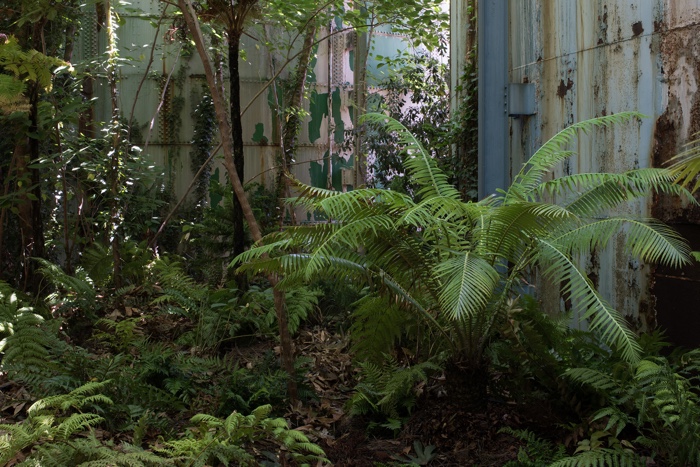
Michael Wang, The Drowned World, First Forest, 2018. Polypodiopsida, Cycadopsida, and Araucariaceae species installed in coal gas plant; irrigation system; steel viewing platform. Installation detail
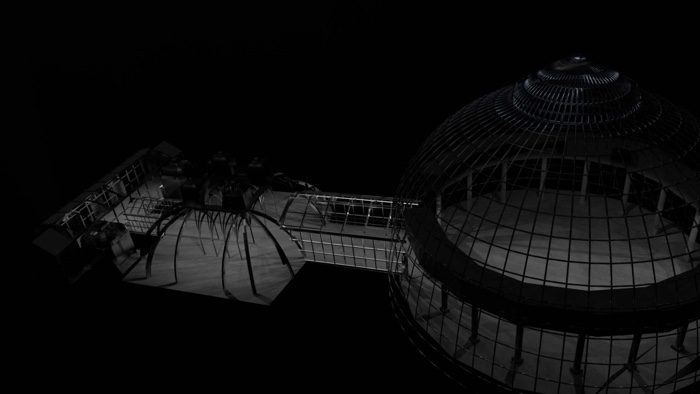
Anna Safiatou Touré, Caldarium, 2019-2020
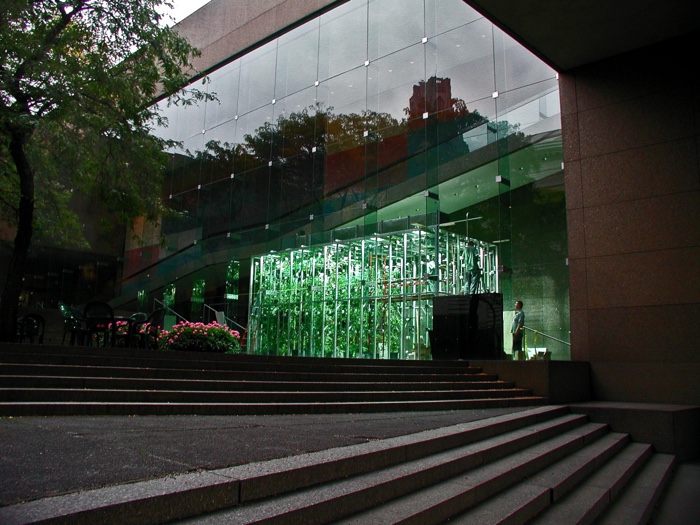
Carsten Höller, Solandra Greenhouse, 2004
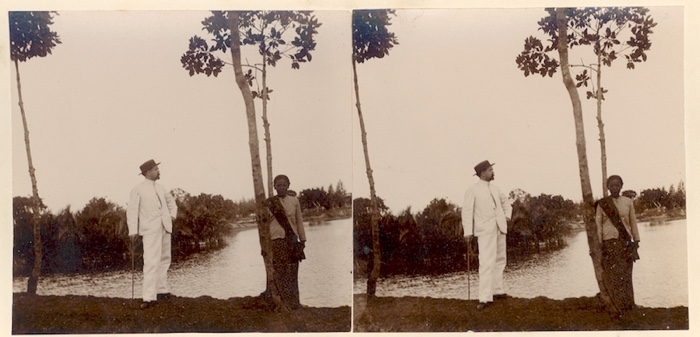
Andres Saal and servant on a rubber plantation. Courtesy of the Estonian Literature Museum (via)
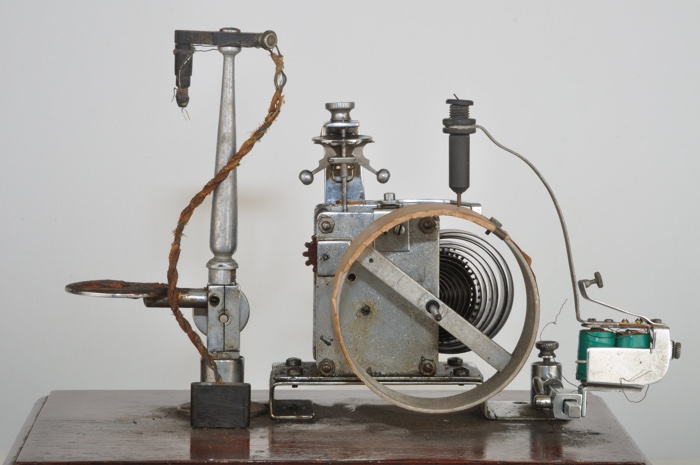
Biswarup Ganguly, a Photosynthetic Bubble and Recorder used and built in the early twentieth century by Jagadish Chandra Bose
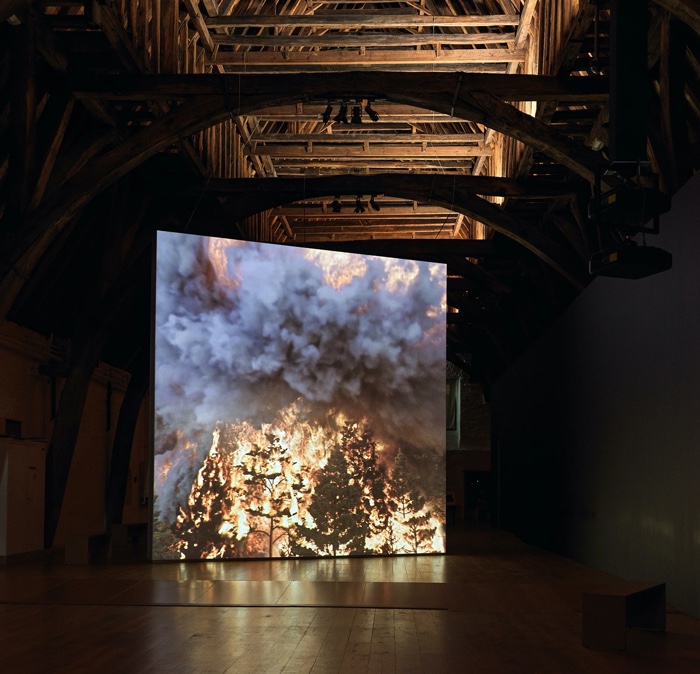
David Claerbout, Wildfire (meditation on fire), 2019-2020
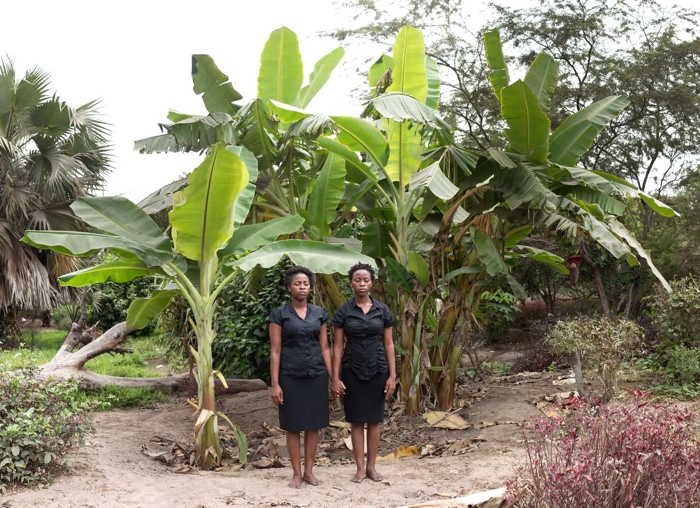
Mónica De Miranda, When Words Escape, Flowers Speak, from the series Twins, 2017
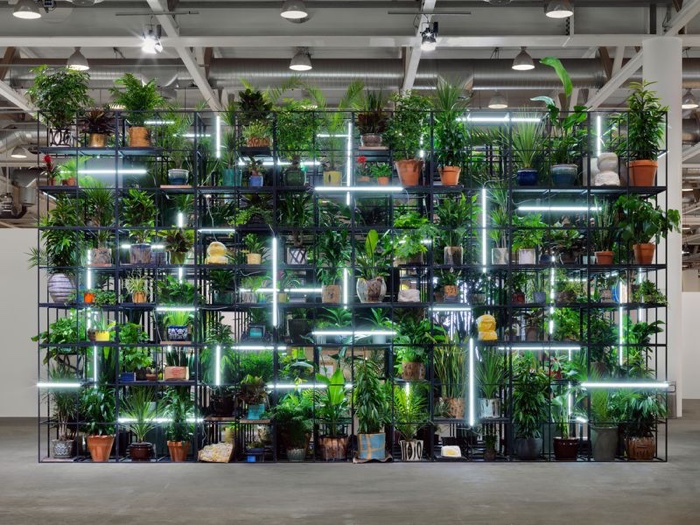
Rashid Johnson, Antoine’s Organ (detail), 2016. Installation view, Unlimited, Art Basel, Basel, 2018. © Rashid Johnson

